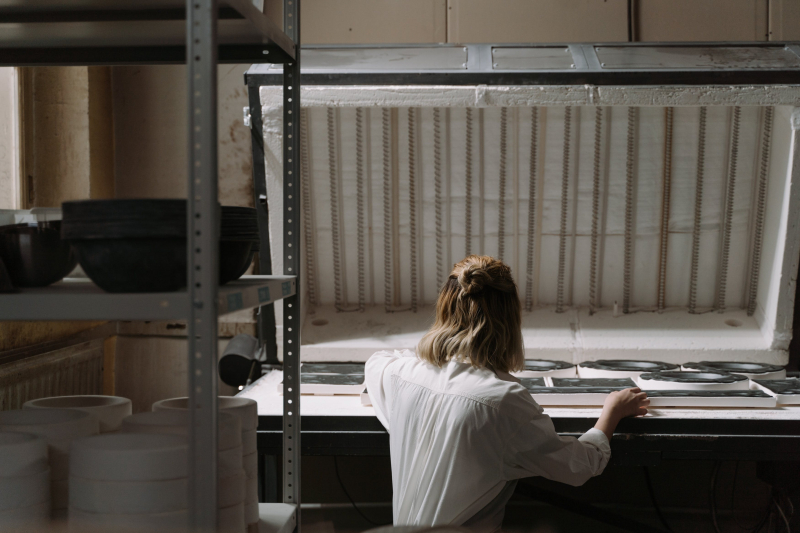Traditional Manufacturing and 3D Printing
Essay topic: Traditional Manufacturing and 3D Printing.
Answer:
Manufacturing, the creation of goods, takes shape through various methods. Two contrasting approaches are traditional manufacturing and 3D printing. Each method has its own characteristics, influencing how products are made.
Traditional manufacturing involves processes that have been practiced for a long time. Factories use tools and molds to shape raw materials into finished products. This method is often applied to large-scale production, creating many items at once.
On the flip side, 3D printing is a more recent innovation. Also known as additive manufacturing, this technique builds objects layer by layer using computer-controlled machines. Unlike traditional manufacturing, which subtracts material to form a product, 3D printing adds material in a precise manner.
When we consider materials, traditional manufacturing commonly uses materials like metal, plastic, or wood. These materials are shaped, cut, and molded into the desired forms. 3D printing, on the other hand, utilizes various materials, including plastics, metals, and even biological substances, depending on the printer's capabilities.
One significant difference lies in customization. Traditional manufacturing is often better suited for large-scale production of identical items. Meanwhile, 3D printing allows for more personalized production, enabling the creation of unique and customized objects with intricate designs.
Cost is another factor to consider. Traditional manufacturing may be more cost-effective for large quantities, as the per-unit cost decreases with higher production volumes. 3D printing, while versatile, may have higher costs for producing a single item due to the technology's initial expenses and material costs.
In conclusion, traditional manufacturing and 3D printing represent two diverse approaches to creating goods. Traditional manufacturing relies on established processes for large-scale production, while 3D printing introduces innovative methods for more customized and intricate manufacturing. Understanding the distinctions between these methods is crucial in navigating the evolving landscape of modern manufacturing.












